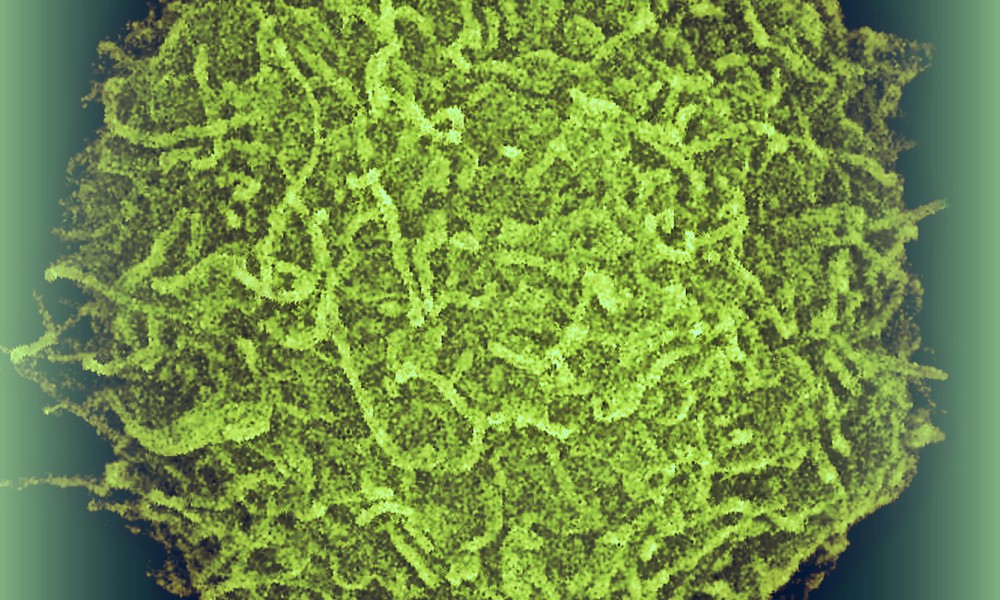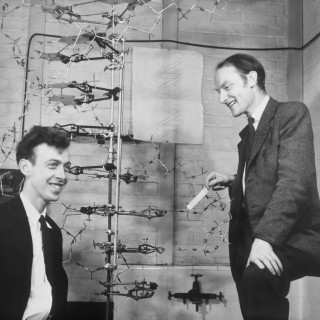microRNA future hope for prostate cancer
By measuring levels of selected microRNA in the body, it becomes possible to diagnose and make prognoses for diseases including prostate cancer.
MicroRNA are small molecules that are found in cells of the body and that are able to influence the genes. They were discovered in the early 1990s and now around 2 000 human microRNA have been identified. There is extensive research on microRNA and a strong interest for microRNA-based drugs on the market.
“I, like many others, believe we could soon see microRNA-based drugs. Furthest progress has been made on hepatitis C, where patient studies are currently underway”, says Olivia Larne, who completed a PhD in the subject at the Department of Laboratory Medicine in Malmö, Lund University.
Olivia Larne has studied a selection of microRNA in order to investigate whether there are any links between the levels of these and the development of prostate cancer.
She has tested a measurement model that could predict metastasis and aggressiveness better than the PSA test that is now the standard method in the health service for diagnosing prostate cancer. The model involves calculating a value based on a combination of levels of four different microRNA.
“The new model using microRNA could become a justified complement to a PSA test in order to make a prognosis. We hope that the technique will be developed over time so that it becomes easier to measure using a normal blood test”, says Olivia Larne.
Olivia Larne has demonstrated that a single microRNA, miR-183, affects the PSA level and that this could affect the outcome of the PSA test. In exceptional cases, the PSA level is low despite the presence of a tumour. This may be due to low levels of miR-183.
Significant findings have also been made in relation to a microRNA called miR-145. In experiments, this molecule was able to regulate the androgen receptor, which is important to the growth of both cancerous and normal prostate cells.
“The ability of this microRNA to inhibit the androgen receptor offers potential for further research on the possibilities of using miR-145 for treatment of patients with prostate cancer so that they do not develop aggressive tumours”, says Olivia Larne.
In addition, miR-145 is already interesting in other cancer-related contexts, because other researchers have linked it to functions of importance for tumour formation, such as division and growth of cancer cells and control of stem cells and blood vessels.
Text: Björn Martinsson and Pia Romare
Published 2013
Facts
-
PSA test
-
The PSA test is a simple blood test that often leads to investigation of possible prostate cancer, but unfortunately the test is far too imprecise a method; it cannot always differentiate between slow-growing and aggressive tumours.
-
Prostate cancer
-
Prostate cancer is one of the most common forms of cancer, affecting around 10 000 Swedish men every year. Despite its prevalence and the severity of the disease, there are as yet no preventive treatments available. One problem is that it is not possible to differentiate between aggressive and more good-natured tumours at an early stage.
There is a widespread belief that many men undergo surgery unnecessarily, with the risk of various negative side-effects.
Those who are treated with medical castration for more severe forms of prostate cancer often develop the disease again within a few years. There are then drugs available to slow the disease, but no cure.
-
Androgen receptor
-
The androgen receptor is a protein that has an important role in the male reproductive system. The male sex hormones testosterone and dihydrotestosterone bind to the receptor, which then passes on the hormonal effect by regulating other genes.
Defects in the receptor can, in their most severe form, cause those with male chromosomes to develop into girls in the womb, while milder defects can lead to disease and infertility.





